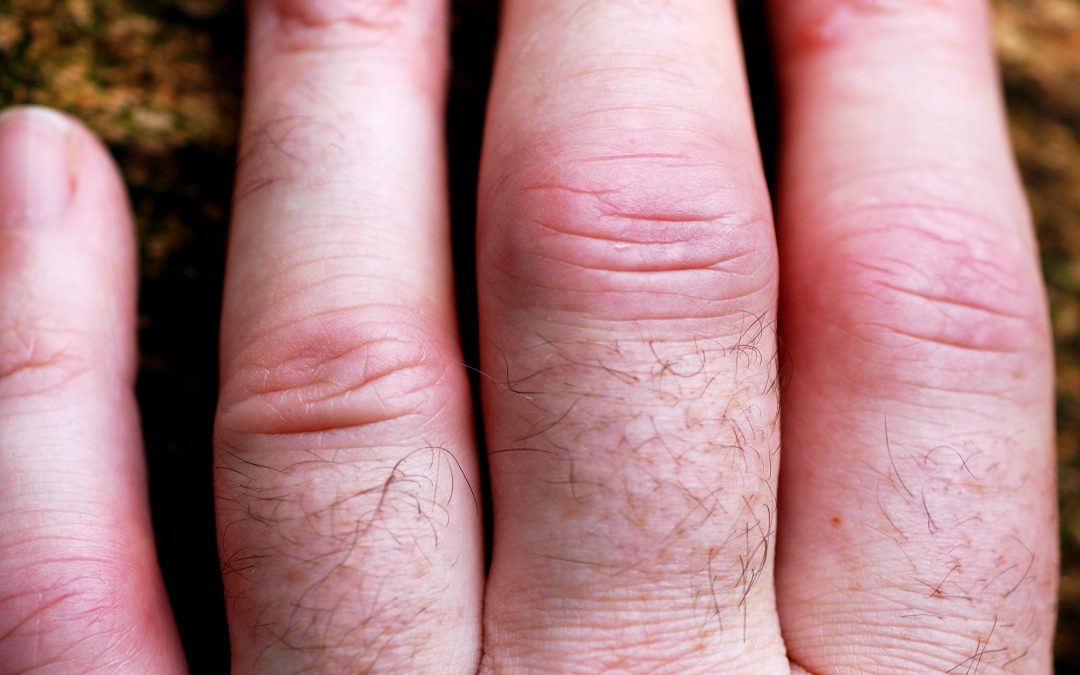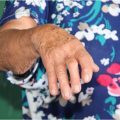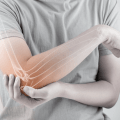Table of Contents
What does an arthritis flare feel like? There are various ways on how to deal with flares/ flare – ups caused by rheumatoid arthritis (RA). You can try using home or natural remedies along with lifestyle/ diet changes. What does an arthritis flare feel like? Flares are periods of increased disease activity whenever a person is experiencing the different symptoms of arthritis. Typical symptoms include joint swelling, joint pain and severe stiffness. In this article, you’ll learn what does an arthritis flare feel like?
What Does an Arthritis Flare Feel Like: How to Reduce RA Flares
What does an arthritis flare feel like? Patients diagnosed with RA usually find that flares come and go in waves throughout their lifetime. The duration of these flares varies from a couple of days to a couple of months. The severity and symptoms usually vary between individuals, or sometime it is a case – to – case basis.
Dealing with RA Flares
What does an arthritis flare feel like? At the time of this writing, there’s no medication that can completely cure rheumatoid arthritis. There’s also no solution to prevent one from experiencing flares. The aim of treating arthritis in general is only up to the extent of minimizing inflammation, reducing symptoms, and also for preventing damaging of joints.
Here are some home remedies and techniques you can do to relieve the pain of RA flare and reduce general symptoms:
Managing Flares at Home
The best way to minimize the pain is to become aware of the early symptoms of flare – ups. Here’s how:
Keep a symptoms journal
What does an arthritis flare feel like? By keeping a journal, you can be reminded of certain triggers that may happen when you experience a flare – up. If you know what, when and how things triggers the flares, you can manage it and also completely avoid it.
Rest More
Once a flare begins, patients will most likely be required to reduce the level of their activities. When flares are severe, it’s highly advised that you take a lot of rest. If you need to work, you may need to find a work – at – home job, or let somebody else manage your business for you. You need to also have a reliable support system from family and friends.
Exercise Gently
Doing stretches and gentle motion exercises can help prevent the symptom of stiffness whenever a flare – up happens.
Use Hot or Cold Packs
What does an arthritis flare feel like? You can use hot/ cold packs if you want to reduce the pain of swelling. As soon as symptoms appear, most patients use them until the flare – up is gone. Keep in mind though that you shouldn’t directly apply the cold or hot substance on your skin. Make sure to wrap the pack in a towel before applying it in the swelling area.
Improve Your Diet
What does an arthritis flare feel like? Some doctors advise their patients to follow an anti – inflammatory diet as this can help prevent flares and also reduce the painful symptoms of rheumatoid arthritis. People who want to follow an anti – inflammatory diet should avoid eating foods that are processes or made with artificial ingredients and also refined sugars. It’s best to eat a Mediterranean diet because it’s rich in whole foods.
You can incorporate the following in your diet (please make sure to consult your physician first before adding this to your new diet):
- Omega – 3 fatty acids: Walnuts, Tuna, Flaxseed, Salmon and Chia Seeds
- Foods rich in Antioxidants: Fruits, Cacao, Veggies, Cinnamon and Beans
- Nuts and Seeds
- Extra – Virgin Olive Oil
- Apple Cider Vinegar
Try a Dietary Supplement
What does an arthritis flare feel like? There are certain herbal supplements that patients can try as it can help relieve flare – up symptoms. This include Curcumin which is a chemical found in turmeric, fish oil, ginger, gamma linolenic acid (GLA), calcium, copper, folate, magnesium, chromium, iron, sodium, selenium, zinc, Vitamins A, B, C, D, E and K.
Reduce Stress
Reducing stress is important for preventing flare – ups, reducing overall symptoms, or shortening the length of the pain. Patients can also try different methods in order to reduce stress whenever a flare comes on. This may include meditation, deep breathing, journaling, yoga, tai chi, guided imagery, positive thinking, guided practice etc.
Medications
It’s possible to divide the meds that your physician prescribes to you into 3 groups:
Meds that treat symptoms:
This includes non – steroidal anti – inflammatory drugs, steroids, and acetaminophen. These medications can help relieve acute pain and also reduce inflammation.
Immunosuppressant drugs:
These treatments should slow the progression of rheumatoid arthritis and can also prevent joint damage through halting the body’s response against inflammation. Immunosuppressant drugs are also known as Disease – Modifying Antirheumatic Drugs (DMARDs).
Biologic Response Modifiers
What does an arthritis flare feel like? The drugs that belong to this group are sort of the latest version of DMARDs and it also mimics human immune molecules. Biologic response modifiers can do an inflammatory response in a more targeted way.






 I love to write medical education books. My books are written for everyone in an easy to read and understandable style.
I love to write medical education books. My books are written for everyone in an easy to read and understandable style.